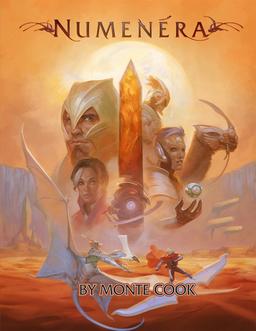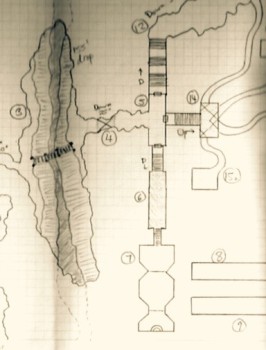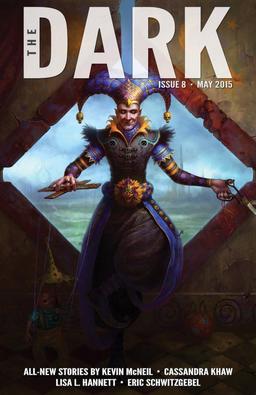 Much of my reading is for sheer entertainment. It’s like a carnival ride: you pay your money, get whipped around a little, then deposited back on the ground. The next day a fond memory of the overall experience lingers on but the details have faded away. And that’s cool. I have never regretted the time or money spent on an Agatha Christie or Stephen King novel. I’ve passed many an enjoyable hour reading (or watching) a decent bit of fiction for a transient thrill. But sometimes, there’s something so compelling about about a book that I’m drawn to it again and again over the years.
Much of my reading is for sheer entertainment. It’s like a carnival ride: you pay your money, get whipped around a little, then deposited back on the ground. The next day a fond memory of the overall experience lingers on but the details have faded away. And that’s cool. I have never regretted the time or money spent on an Agatha Christie or Stephen King novel. I’ve passed many an enjoyable hour reading (or watching) a decent bit of fiction for a transient thrill. But sometimes, there’s something so compelling about about a book that I’m drawn to it again and again over the years.
There are certain books on my shelf that have an aura around them. Three that leap to mind are The Master and Margarita by Mikhail Bulgakov, The Last Coin by James Blaylock, and Faces in the Crowd by William Marshall. In each, the combination of prose, plot, and character drew me in so deeply that I feel the desire, for various reasons, to revisit them from time to time.
With the first, I’m looking each time to absorb and understand a bit more of Bulgakov’s dense work. It’s a great story, rich with ideas on art, politics, love, and religion. With the second two I recapture a bit of the sheer joy I felt the first time I encountered the vivid characters and utterly bonkers plots. When it comes to books in this class, I can remember when I first read them, under what circumstances, and where I got them (Science Fiction Book Club, The Forbidden Planet (NYC), and borrowed from the St. George Public Library, Staten Island). I suspect Raphael Ordoñez’ Dragonfly will get added to this list.
Dragonfly is the first of a planned tetralogy. In this day of calculated, mass-marketed, trend-following books, here is a self-published adventure, practically handcrafted, with cover, map, and interior art all done by Ordoñez himself. It tells of a young prince let loose in a world of steam engines, complacent aristocrats, and tunnel-dwelling workers, and a social order on the verge of being overthrown. Ordoñez’ style hearkens back to the likes of A. E. van Vogt and Jack Vance, as well as Edgar Rice Burroughs. Heck, as you can see from the cover, Dragonfly would look right at home on a shelf full of volumes from the Ballantine Adult Fantasy series.
…
Read More Read More

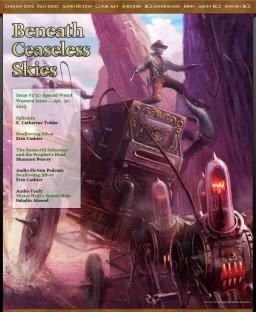
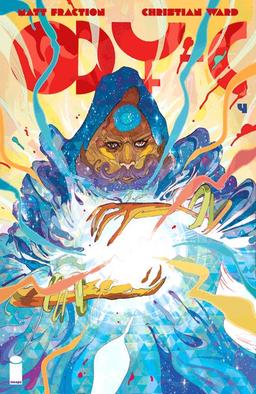
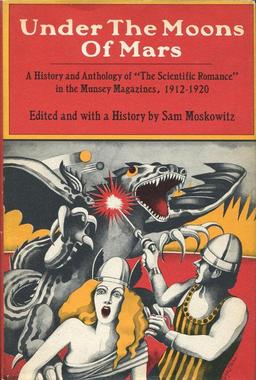
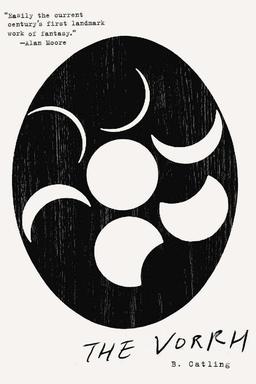 Early in 2013 I wrote
Early in 2013 I wrote 
